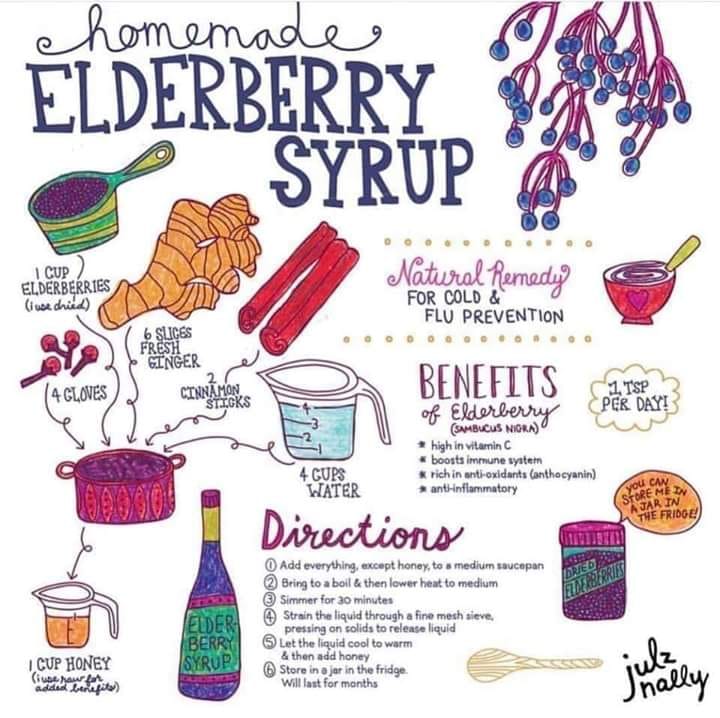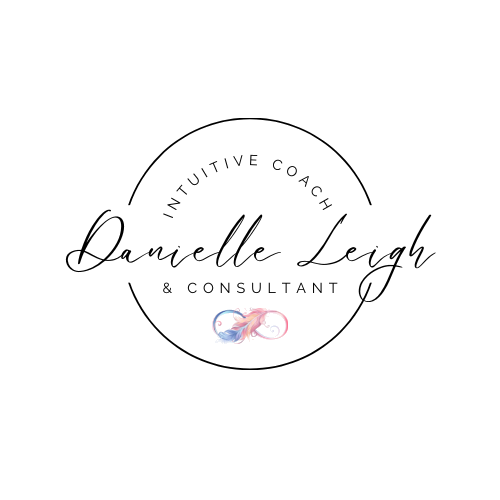
Are you looking for ways to boost your cold and flu defenses? As I write this, my part of the world is preparing to build up defenses to the Coronavirus. There is much that we don’t know about this situation yet, but we can always do our best to build up our immunity. Did you know that that there are differences between viruses and retroviruses, and how they affect your health? Sometimes, the genetic matter of a virus can live dormant within a cell for years until triggered again. You can learn more about that here.
Even if it wasn’t something as looming as Coronavirus we are contending with, a basic cold and flu season can be stressful! Especially for those who find themselves catching every cold or virus that comes along. If you think you get a disproportionately large number of colds, or just want to be better prepared for the wintertime bugs, there are some things you can do to boost your cold and flu defense. Read on for some tips.
1. Make sure you are eating well. Your diet is the foremost means by which you can strengthen your immunity. It is a bit more challenging in the fall and winter without the abundant summer produce, but there are still plenty of vegetables and fruits that are available in the fall and winter. Broccoli, greens, citrus fruits, and squash are just a few. Frozen vegetables and fruits are a healthy option, too.
2. Be sure to include healthy bacteria as part of your diet. Supplement with probiotics if possible. Yogurt, miso, and other foods with “live and active cultures” help keep you immune system in top shape. Those good bacteria are key components of your immune system, attacking and destroying pathogens.
3. Echinacea is a time-honored herb which helps strengthen the immune system. It’s also quite well-known, but don’t let that stop you from trying it. Echinacea should not be taken all the time, however – it loses its effectiveness after a few weeks. The best way to give your immune system a lift with echinacea is right at the onset of cold symptoms, or after you have been exposed to someone who is sick. Then take it for no more than a week or two. Look for echinacea supplements or tinctures that are made from the root or the root and aerial parts combined.
4. Astragalus is a lesser-known but very effective immune-enhancing herb. It has been used in Chinese medicine for centuries. It is particularly effective against flu. You can take astragalus throughout the cold and flu season, or when you feel illness coming on.
5. Ginger is an herb you probably have in your kitchen. Dried will do, but fresh ginger root is even better. Ginger is affordable and has anti-viral and anti-inflammatory properties. Grate a tablespoon or two, pour boiling water over the grated ginger, steep for 10 minutes, and enjoy with a little raw honey. You can drink ginger daily if you like.
Natural Flu and Cold Remedies
When it comes to colds and flu, there are two approaches: prevention and treatment. There are natural remedies for both of these approaches. Stock up on treatments and begin prevention now, and you should have a much more comfortable cold and flu season. Here are some ideas.
How to Build Up Your Resistance to Getting the Flu
1. Homeopathic cold and flu prevention remedies are available at health food stores, some major retailers, and online. There are pills, nasal swabs, drops, and sprays available. Homeopathic remedies are safe for children. The little pills are either soft and powdery or hard and bead-like. Both types are meant to be dissolved slowly under the tongue. You may want to check out the Immune Defense Summit, which I write more about at the end of this post.
There are even homeopathic versions of the annual flu vaccine, updated every year. The other forms (liquids, gels, sprays, swabs, etc.) are often applied directly to the nose or throat. Homeopathic remedies are best applied right after or before exposure to prevent the onset of symptoms.
2. Wild Cherry bark is usually sold as a syrup, but can also be taken as a tea. It is implicated in colds and flu where a cough and sore throat are present. The fruit itself is also wonderful for cold and flu prevention – rich in vitamin C, you can add crushed berries to your favorite drink or smoothie or just eat them plain.
3. Elderberry is also generally sold as a syrup. In areas where elderberry is grown, local people swear by its effectiveness in preventing cold and flu. Like some of the other herbs, elderberry works as a treatment or preventative. Have a look at this lovely recipe designed below.

4. Astragalus is strangely neglected among American herbalists, but as mentioned its traditional use in Chinese herbal medicine goes back for centuries. This is another herb (like Echinacea) that can be taken as both prevention and treatment. The root is usually sliced and boiled to make a decoction, but you are more likely to find Astragalus in the form of a tincture or capsules.
How to Treat Yourself If You Do Catch It
1. Homeopathic options are available for easing the symptoms and shortening the duration of colds and flu, too. They are best applied immediately after the first symptoms appear.
2. Garlic is a powerful antimicrobial herb. Make a cold-busting garlic broth by simmering four minced cloves of fresh garlic in four cups of chicken broth for 10 to 15 minutes. Stir in as much cayenne pepper (also good for treating colds) as you can handle and drink throughout the day.
3. Echinacea is a plant, commonly known as purple coneflower. As mentioned above, it should not be taken for more than 2 weeks at a time as it begins to lose its effectiveness. It is unique in that it can be used as a preventative as well as a treatment. It can help shorten the duration of a cold and decrease the symptoms. Take it as soon as you discern cold or flu symptoms. Taken as a tincture, Echinacea helps numb and treat a sore throat.
4. Raw honey is hard to beat as a throat and cough soother. Make sure you get raw, unfiltered honey, not the mass-produced liquid in squeezy bear-shaped containers. Raw honey has powerful antibiotic properties, and it’s very pleasant for children (over a year old) to take. A spoonful of raw honey has been known to quieten even deep coughs in children.
Did You Know You Can Fight Flu with Vitamin D?
You may have heard of fighting colds with Vitamin C, but fighting the flu with Vitamin D may be new to you. Exposure to sunshine helps the body manufacture Vitamin D, and Vitamin D boosts the body’s own virus-fighting ability. This, along with other factors, is why colds and flu increase in the wintertime when there is less sunlight. If you want to use Vitamin D to prevent the flu this year, here is how.
1. Eat lots of fish. (As an aside, it’s interesting to note that the diet of the Eskimos, who live in a part of the world where there is no sunshine at all for long periods, includes lots of fish oil and is therefore rich in Vitamin D.) In descending order, some of the fish highest in Vitamin D are as follows:
* Herring
* Catfish
* Sockeye salmon
* Steelhead trout
* Halibut
* Sardines
* Mackerel
* Tuna packed in oil
It’s also very beneficial to augment the diet with cod liver oil and fish oil supplements.
2. Include tofu and soymilk in your diet. Tofu has 124 IU (International Units) of Vitamin D per serving, and soymilk has 119 IU per cup.
3. Choose a good Vitamin D supplement. Some recommend Vitamin D3, as this is said to be the effective and the least likely to cause problems if taken in large amounts. Most supplements are in increments of 1000 IU – take up to 5000 IU per day. Children under the age of ten should have less; no more than 2000 IU is suggested for children aged two to four, and no more than 3000 is recommended for children under ten.
4. Increase your Vitamin D intake if you have been exposed to the flu. You can take up to 10,000 IU if you think you’ve been exposed. Make the necessary adjustments for children.
5. Be sure to drink lots of water. Large amounts of Vitamin D in your blood may raise your risk of developing kidney stones. Water helps flush out the excess vitamin.
6. Get outside in the sun when you can. It can be tough in the wintertime, but go outside as much as possible on sunny days. While your face may be the only skin exposed to the sun, it’s still helpful.
If you wish to take a deeper dive into learning about your health, immunity and defense, you might enjoy the Immune Defense Summit. In this online summit experts cover such topics as infectious disease solutions, latest advances in immune health protocols, and tackling disease symptoms at the root cause. You will also gain access to free eGuides and eBooks from health and wellness professionals such as Sayer Ji, David Jocker and Mike Adams. Please go here to check it out!

Leave a Reply